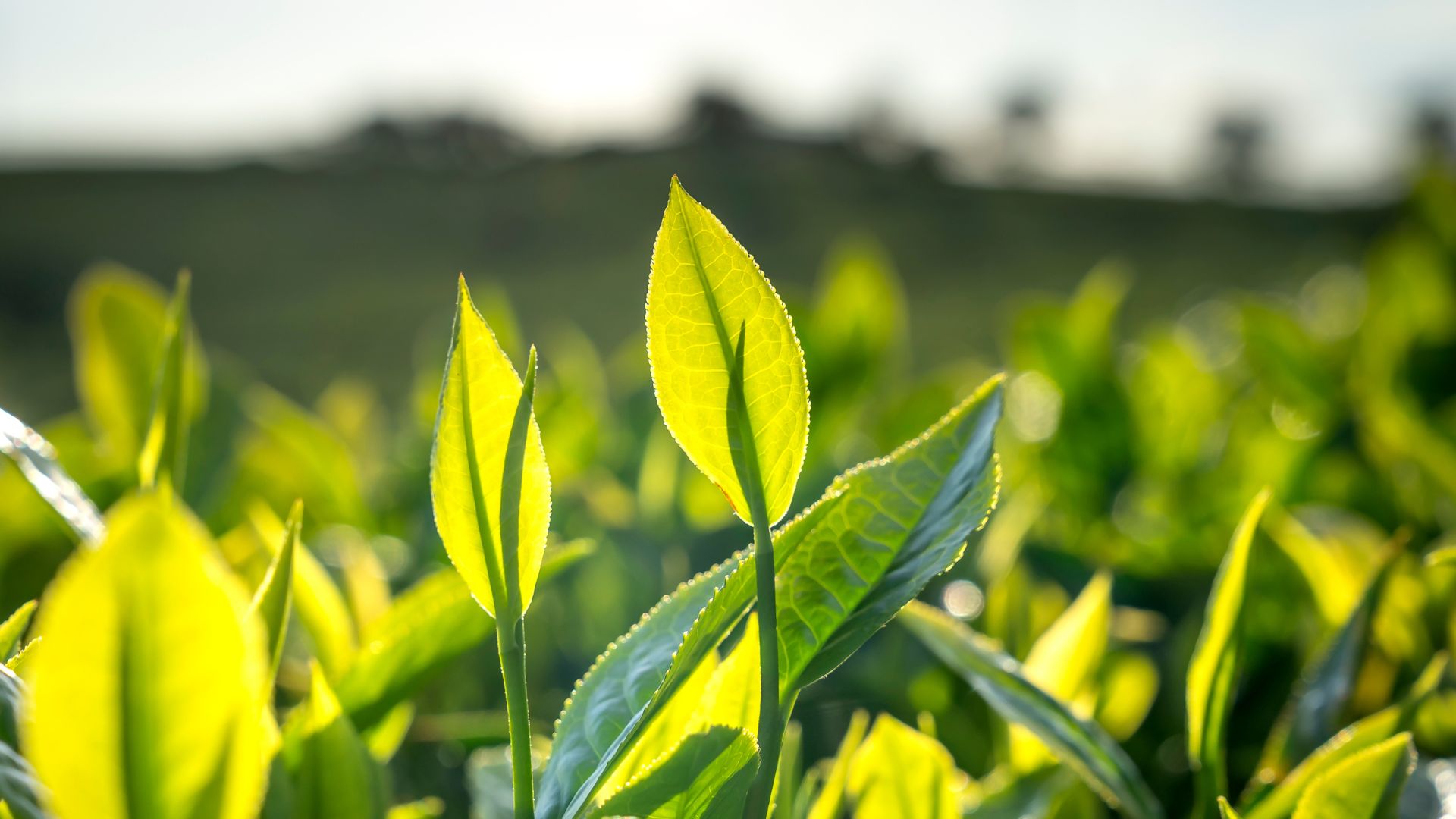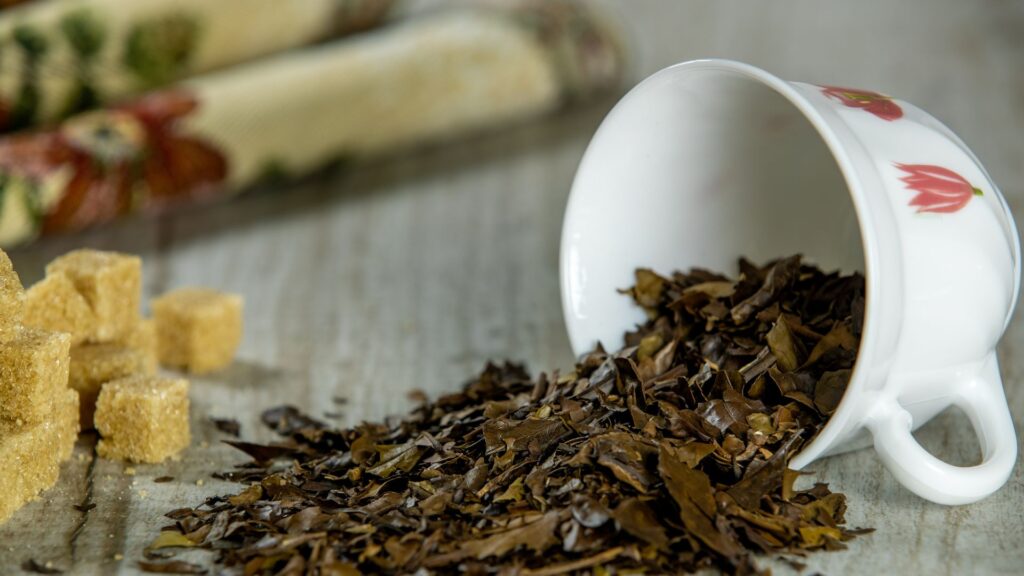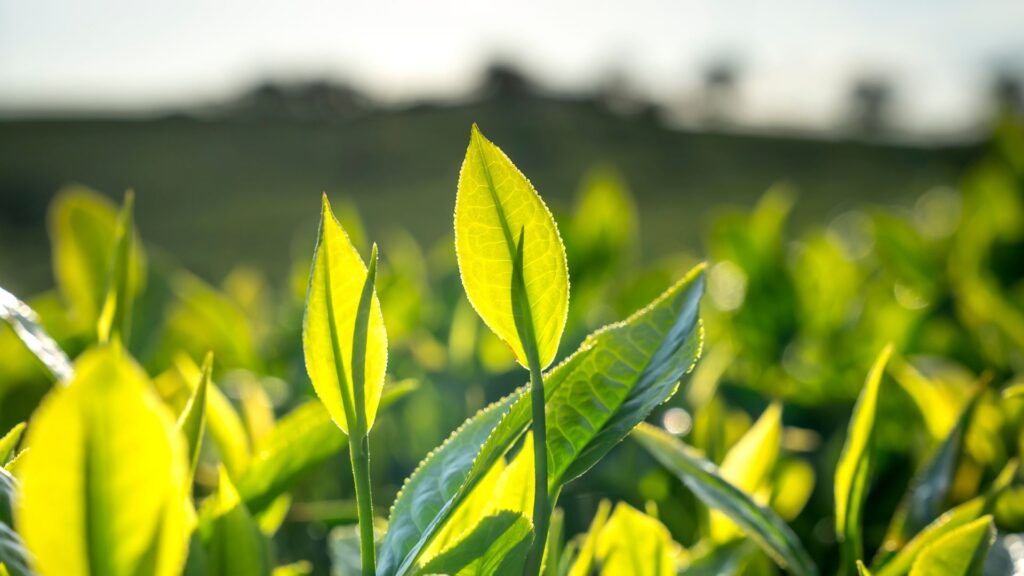
Why you should try loose leaf tea instead of tea bags
For many of us, tea bags are the go-to choice when it comes to brewing a quick cup of tea. They’re convenient, easy to use, and perfect for a fast fix when we need a caffeine boost. However, as tea culture continues to evolve, more and more people are discovering the world of loose leaf tea. While tea bags might have their place, loose leaf tea offers a range of benefits that go beyond just a better flavour—it’s a more authentic and sustainable way to enjoy this timeless beverage.
In this article, we’ll explore why you should make the switch to loose leaf tea, comparing its taste, quality, cost, and environmental impact with tea bags:
- The rise of tea bags and the concept of loose leaf tea
- Taste and quality: Loose leaf tea vs. tea bags
- Cost and sustainability: Loose leaf tea is a better investment
- Brewing loose leaf tea: The art of tea making
- A more authentic and sustainable tea experience
The rise of tea bags and the concept of loose leaf tea
Tea bags were first introduced in the early 20th century as a convenient way to brew tea quickly and easily. With their pre-portioned tea and disposable design, tea bags made it possible to enjoy a cup of tea without the need for measuring or extra equipment. Over time, tea bags have become the go-to option for many, but in recent years, there’s been a resurgence of interest in loose leaf tea. This shift is due to a growing appreciation for quality, flavour, and sustainability. Loose leaf tea involves whole, or larger pieces of tea leaves, which can provide a richer, more complex brew compared to the finely chopped leaves often found in tea bags.

Taste and quality: Loose leaf tea vs. tea bags
One of the most significant differences between loose leaf tea and tea bags is the quality of the tea. When you look at the leaves in a tea bag, you’ll notice that they are often broken, crushed, or even dust-like. This is a result of the manufacturing process, which makes the tea more compact and faster to brew but compromises the overall flavour and aroma. The broken tea leaves in tea bags release their flavour much quicker, but they also produce a much more one-dimensional, often bitter brew.
On the other hand, loose leaf tea is made from whole or larger pieces of tea leaves, which are not exposed to the same crushing process. Because the leaves are larger, they retain more of their natural oils and flavours, which are released more slowly during brewing. This means loose leaf tea tends to have a more complex, layered taste and a more aromatic experience compared to tea bags. Whether you’re drinking black, green, white, or oolong tea, you’ll notice the difference in the richness of the flavour.
Additionally, with loose leaf tea, you have more control over the amount of tea you use, allowing you to adjust the strength of your brew to suit your personal preference. Whether you like your tea light and refreshing or strong and robust, loose leaf tea gives you the flexibility to make the perfect cup every time.
Cost and sustainability: Loose leaf tea is a better investment
While loose leaf tea may seem more expensive upfront, it is often more cost-effective over time compared to tea bags. Tea bags generally contain smaller amounts of tea, which means you’ll need to use more bags to achieve the same strength or flavour as a loose leaf brew. Over time, this adds up, especially if you drink tea regularly. Loose leaf tea, on the other hand, allows you to use fewer leaves and still get a fuller flavour. This makes it a more economical choice in the long run, especially if you’re someone who enjoys multiple cups of tea a day.
From an environmental perspective, loose leaf tea is also a far more sustainable option. Tea bags, especially the ones made with synthetic materials like polypropylene, are not biodegradable and contribute to waste. Although some tea bags are now made from paper or compostable materials, they still often come in plastic packaging, which can be harmful to the environment. In contrast, loose leaf tea is typically sold in bulk, which means far less packaging waste. Additionally, because loose leaf tea is brewed using an infuser or teapot, there’s no need for disposable bags, further reducing your environmental footprint.
If you’re looking to make your tea-drinking routine more sustainable, choosing loose leaf tea is a great step toward reducing waste and enjoying a product that’s better for both you and the planet.

Brewing loose leaf tea: The art of tea making
Brewing loose leaf tea does require a bit more effort than using tea bags, but the process is incredibly rewarding and part of the enjoyment. Using a teapot or an infuser allows the tea leaves to fully expand and release their flavours, giving you a much more fragrant and nuanced brew. While tea bags have their convenience, they often restrict the leaves from unfurling fully, which limits the extraction of flavour.
When brewing loose leaf tea, you can also adjust the steeping time and water temperature to suit the type of tea you’re making. For instance, green tea is best brewed at a lower temperature (around 70-80°C), while black tea should be brewed at near-boiling point (around 95-100°C). By experimenting with different steeping times and temperatures, you can fine-tune your tea to match your exact preferences, creating a personalised, high-quality cup every time.
If you’re new to brewing loose leaf tea, all you need is a good-quality tea infuser or a teapot with a built-in strainer. The process is simple—add your desired amount of tea leaves to the infuser, pour in the hot water, and allow it to steep for a few minutes. Whether you’re brewing a light white tea or a robust black tea, this method ensures the best flavour and aroma.
“Switching to loose leaf tea isn’t just about flavour—it’s about embracing a richer, more sustainable way to enjoy your cup of tea, one steep at a time.”
A more authentic and sustainable tea experience
If you’ve been using tea bags for convenience, it’s time to consider making the switch to loose leaf tea. Not only does loose leaf tea offer a superior flavour and aroma, but it’s also a more sustainable and cost-effective option in the long run. The process of brewing loose leaf tea allows you to customise your cup of tea to your liking, and by choosing loose leaf over tea bags, you’ll be reducing your environmental impact while enjoying a higher-quality tea-drinking experience.
Let’s recap real quick:
- Tea bags are convenient but often contain broken tea leaves, resulting in a one-dimensional, bitter flavour. Loose leaf tea, made from whole or larger leaves, offers a richer, more complex taste.
- Loose leaf tea has more natural oils and flavours, resulting in a smoother, aromatic brew. Tea bags, made from crushed leaves, release their flavour quickly but often lack depth.
- Loose leaf tea is more economical in the long run, as it requires fewer leaves to achieve the desired strength, whereas tea bags often require more to match the same flavour.
- Loose leaf tea has less packaging waste and avoids the use of synthetic materials found in many tea bags. It’s a more sustainable choice overall.
- Loose leaf tea requires a teapot or infuser, allowing the leaves to fully expand and release their flavours. This method results in a higher-quality tea compared to the restricted brewing of tea bags.
- Switching to loose leaf tea enhances both the flavour and the sustainability of your tea-drinking routine, offering a more authentic and personalised tea experience.
So, whether you’re a seasoned tea enthusiast or a casual drinker, trying loose leaf tea is a great way to elevate your tea routine. The extra effort involved in brewing loose leaf tea is well worth it, and once you experience the richer, more complex flavours, you may never go back to tea bags again. Treat yourself to a more authentic, enjoyable, and sustainable tea experience—your taste buds (and the planet) will thank you.
